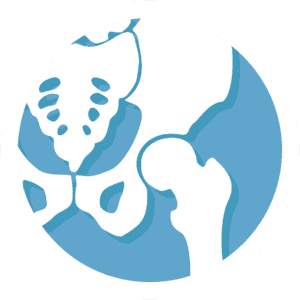
What is Golfer's Elbow
When you bend your wrist so that your palm is facing toward you, you are using what are called "flexor muscles." These flexor muscles join together to attach to the common flexor tendon near the elbow. The tendon attaches on the inside of elbow at a bony mass called the medial epicondyle.
Medial epicondylitis, commonly known as "Golfer's Elbow," occurs when these muscles and tendons become inflamed from overuse.
What causes Golfer's Elbow?
Golfer's elbow is caused by overuse of the flexor muscles. It's similar to tennis elbow, but it occurs on the inside of the elbow, as opposed to the outside. Like tennis elbow, it is caused by more than the sport in its name. Golfer's elbow can be caused by repetitive motions, in particular forceful wrist and finger motions, like clenching your fingers. Throwing, hitting, or lifting incorrectly can also lead to golfer's elbow, as well as too little stretching before activities.
Symptoms and Diagnosis
Pain and tenderness at the medial epicondyle are common symptoms of golfer's elbow. Usually, the pain increases when the wrist is bent. If these symptoms are present, your doctor may diagnose golfer's elbow.
How is Golfer's Elbow treated?
Conservative treatment like rest, ice, physical therapy, injections and medication are usually sufficient to treat golfer's elbow. In some severe cases, surgery may be necessary.








